What Is Composition in Art?
Composition is the backbone of visual storytelling. Whether you’re painting, drawing, photographing, or designing, understanding the types of composition in art can dramatically improve how your work communicates and resonates. In this guide, we’ll explore the most effective compositional structures, how to apply them, and why they matter. From classical balance to dynamic diagonals, these frameworks help artists guide the viewer’s eye, create harmony, and evoke emotion.
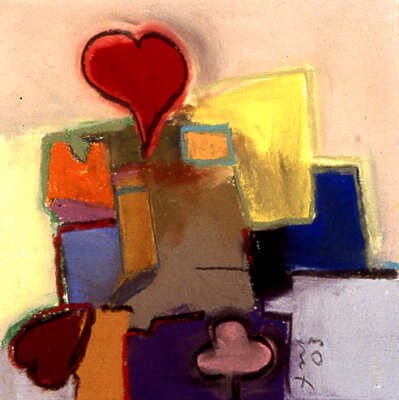
credit: FRANKMINOGUE
Composition refers to the arrangement of visual elements within a piece of art. It’s how shapes, colors, lines, textures, and space are organized to create a cohesive and engaging image. A strong composition doesn’t just look good—it tells a story, creates mood, and leads the viewer through the artwork with intention.
Why Composition Matters
- Visual clarity: Good composition ensures your message isn’t lost in clutter.
- Emotional impact: The way elements are arranged can evoke calm, tension, excitement, or mystery.
- Viewer engagement: Strategic composition keeps the viewer’s eye moving and focused.
- Balance and unity: It helps create a sense of order, even in abstract or chaotic scenes.
Sketchbooks.org | VISUAL RESEARCH HUB
Types of Composition in Art
Visual research is critical for any creative endeavor. We have compiled specialized links to lead you directly to images, videos, and inspiration for "Types of Composition in Art" across the web's best visual search platforms.
Essential Types of Composition in Art
Rule of Thirds
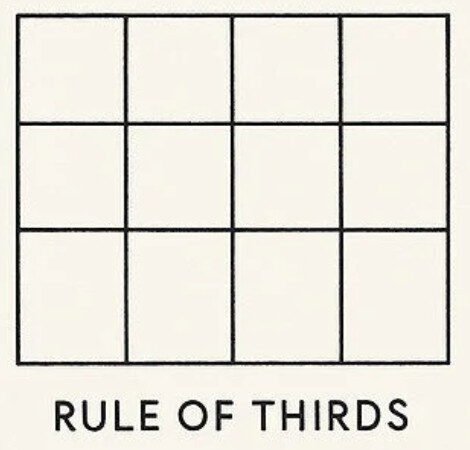
Divide your canvas into a 3×3 grid. Place focal points along the lines or at their intersections to create balance and tension. This technique avoids centering the subject and adds visual interest.
Best for: Landscapes, portraits, and photography
Why it works: It mimics natural eye movement and creates dynamic balance
Symmetrical Composition
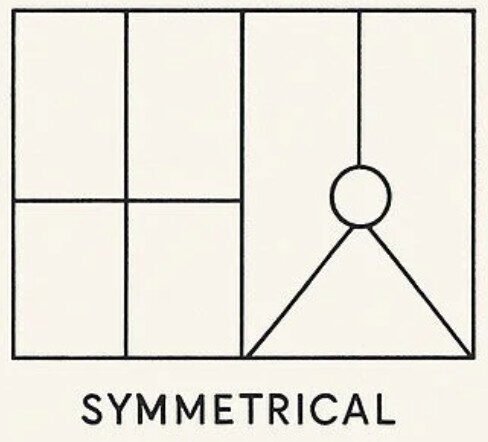
Both sides of the artwork mirror each other, either exactly or with slight variation.
This creates a sense of formality, stability, and calm.
Best for: Religious art, architecture, formal portraits
Why it works: It feels harmonious and grounded
Asymmetrical Composition
Balance is achieved through contrast rather than mirroring. A large object on one side might be balanced by several smaller ones on the other.
Best for: Modern art, editorial design, expressive work
Why it works: It feels natural and dynamic without being chaotic
Radial Composition
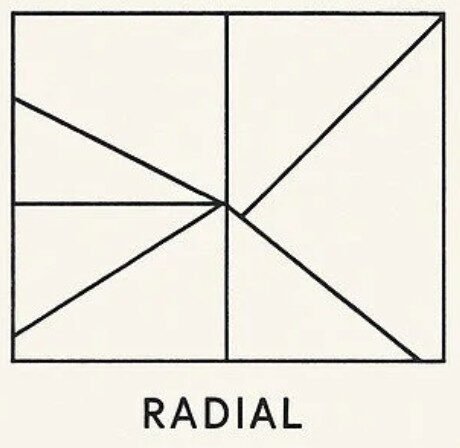
Elements radiate from a central point, like spokes on a wheel. This draws the viewer’s eye inward or outward in a circular motion.
Best for: Mandalas, floral designs, spiritual or symbolic art
Why it works: It creates movement and focus simultaneously
Triangular Composition
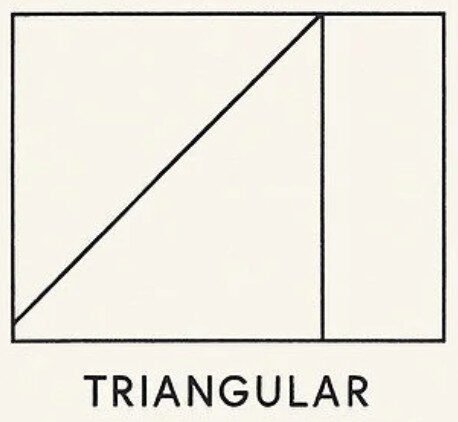
Subjects are arranged in a triangle or pyramid shape. This structure is stable and directs the eye upward or across the base.
Best for: Classical painting, group portraits, still life
Why it works: It provides visual hierarchy and balance
Diagonal Composition
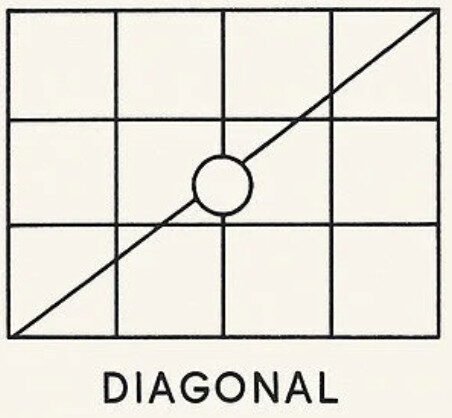
Lines or elements move diagonally across the canvas, creating energy and motion. Diagonals can lead the eye or suggest action.
Best for: Action scenes, dynamic landscapes, abstract art
Why it works: It adds tension and movement
Circular or Spiral Composition
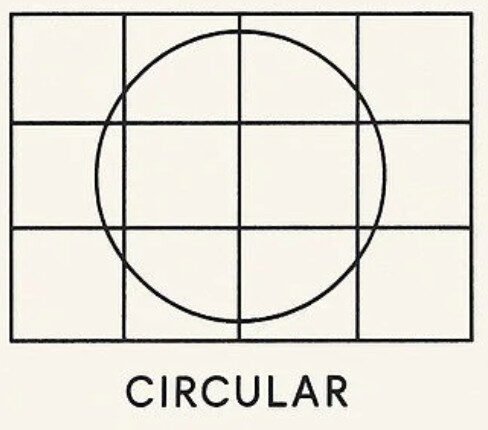
The viewer’s eye follows a circular or spiral path through the artwork. This can be subtle or overt, depending on the subject.
Best for: Narrative art, surrealism, symbolic work
Why it works: It keeps the viewer engaged in a continuous loop
Framing Composition
Use elements within the artwork to frame the subject—like a window, arch, or tree branches. This draws attention and adds depth.
Best for: Photography, illustration, environmental scenes
Why it works: It isolates the subject and adds context
Golden Ratio
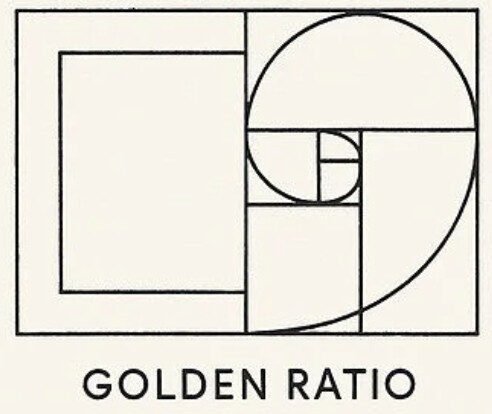
A mathematical ratio (approximately 1:1.618) used to create aesthetically pleasing proportions. The spiral derived from this ratio can guide composition layout.
Best for: Fine art, architecture, design
Why it works: It’s naturally pleasing to the human eye
Overlapping and Layered Composition
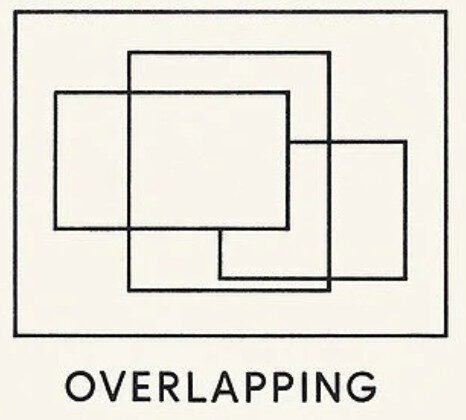
Placing elements in front of or behind each other creates depth and spatial relationships.
Best for: Collage, mixed media, storytelling
Why it works: It adds dimension and narrative complexity
How to Choose the Right Composition
- Start with your message: What emotion or story are you trying to convey?
- Sketch thumbnails: Try multiple layouts before committing
- Consider your medium: Some compositions work better in photography than in painting
- Use your sketchbook: Experiment with different structures and analyze what feels most natural
- Trust your instincts: Rules are guides, not laws—break them when it serves your vision
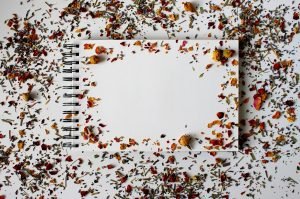
Sketchbooks.org | TRADITIONAL MATERIALS
Use Your Sketchbook to Experiment with Tools
A Creative Playground for Artists Your sketchbook isn’t just a book of blank pages—it’s your personal creative lab. Whether you’re a seasoned artist or just starting out, a sketchbook offers the perfect space to experiment...
Frequently Asked Questions
What are the main types of composition in art?
Common types include rule of thirds, symmetry, asymmetry, radial, diagonal, and triangular compositions.
Why is composition important in visual art?
It guides the viewer’s eye, creates balance, and enhances the emotional impact of the artwork.
How do I know which composition to use?
Choose based on your subject, message, and the feeling you want to evoke.
Can I mix different types of composition?
Yes, combining techniques can create more complex and engaging visuals.
Is the rule of thirds always necessary?
No, it’s a helpful guide, but many powerful artworks break this rule intentionally.
What’s the difference between symmetrical and asymmetrical composition?
Symmetrical is mirrored and balanced; asymmetrical is balanced through contrast and visual weight.
How does composition affect storytelling in art?
It controls pacing, focus, and emotional tone, much like a director frames a scene in film.
Final Thoughts
Mastering the types of composition in art is like learning the grammar of visual language. It empowers you to communicate more clearly, evoke deeper emotions, and create work that resonates. Whether you’re sketching in a notebook or planning a large-scale painting, composition is your silent partner—shaping every decision and guiding every viewer.
So explore, experiment, and trust your eye. The more you understand composition, the more confidently you can bend it to your will—and make your art not just seen, but felt.
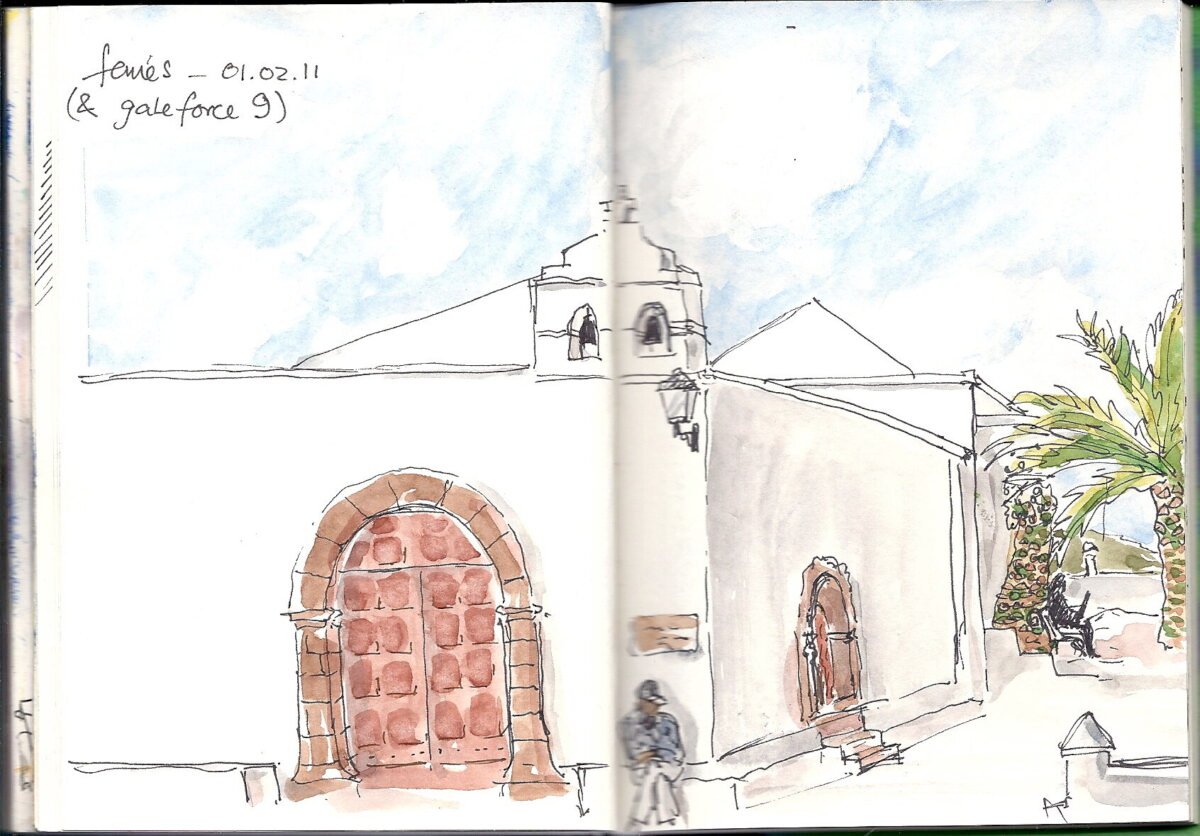
credit: AZZDOODLE
Ready to Share Your Work?
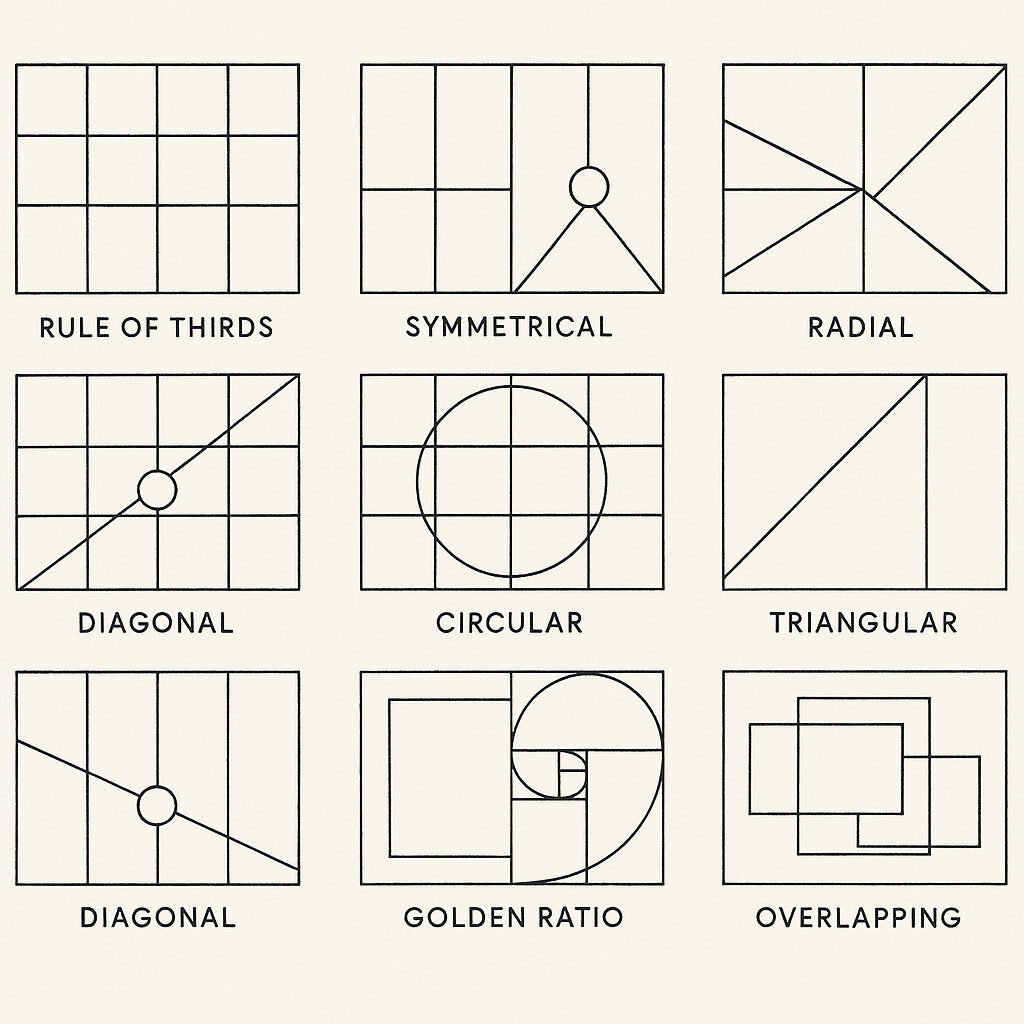

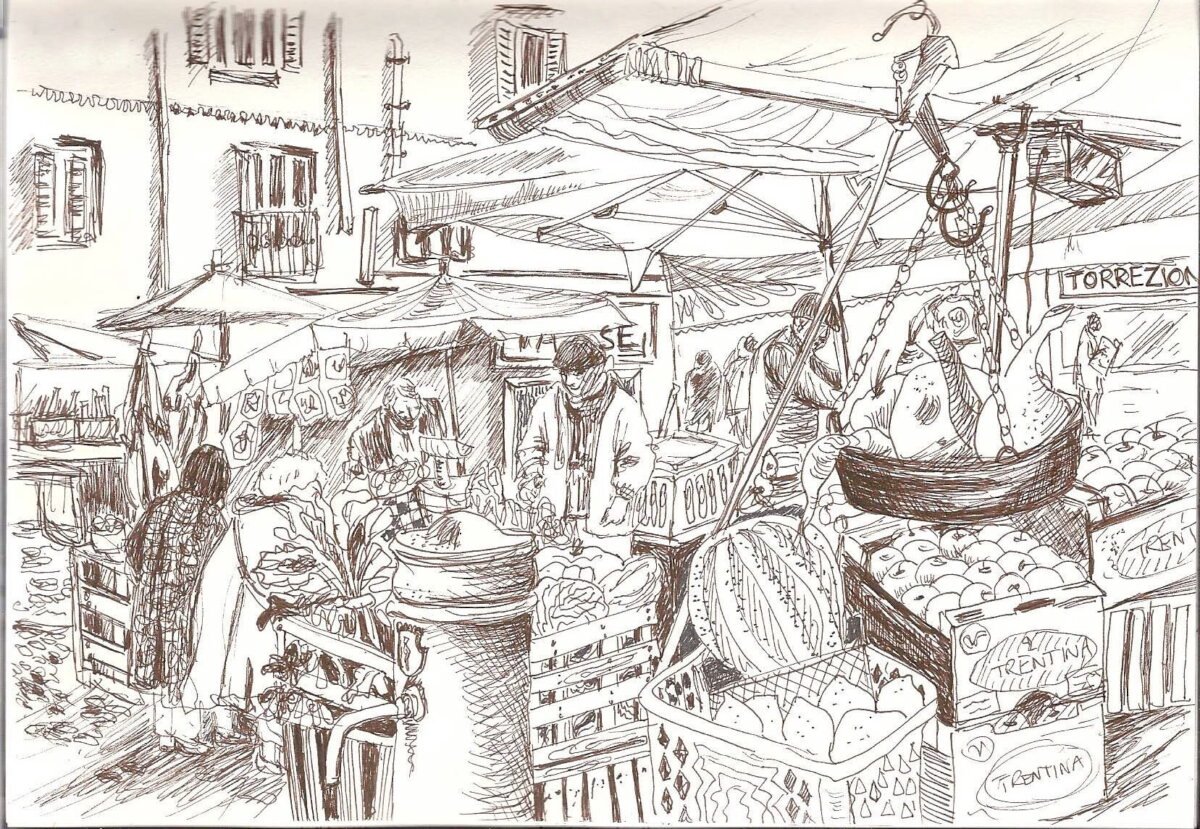

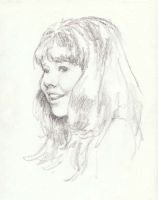


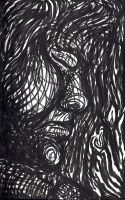



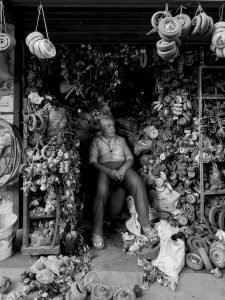
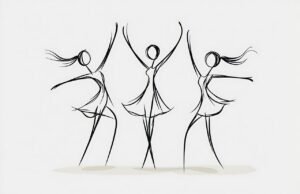
I keep returning to the rule of thirds, but now I’m exploring radial balance